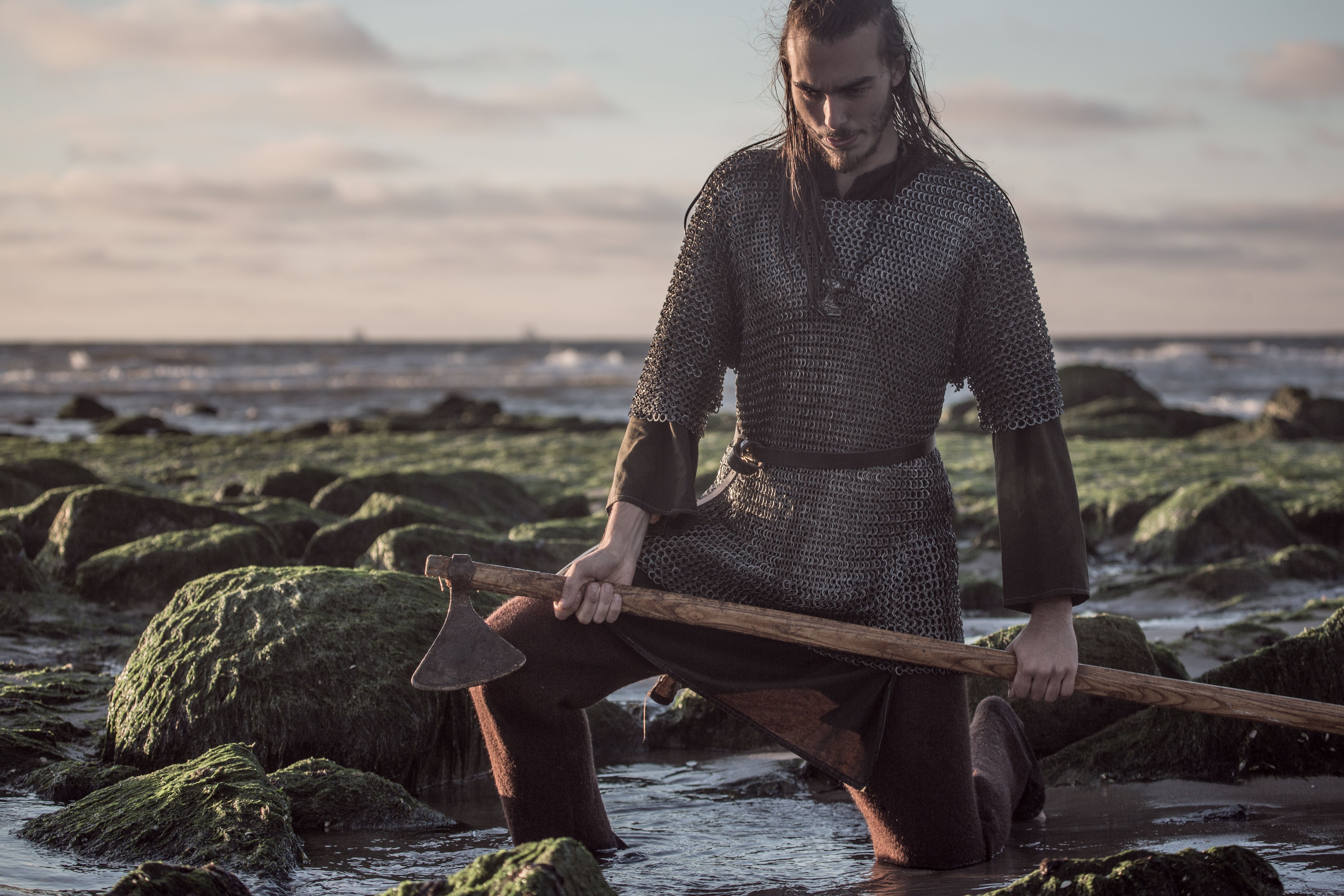Exploring the Noreg Viking Kitchen: A Tale of History and Tradition
Embarking on a journey through the Noreg Viking kitchen is akin to stepping back in time, where every dish tells a story of a people who lived in harmony with nature and the sea. The Vikings were not just fierce warriors; they were also skilled farmers, fishermen, and traders, which is vividly reflected in their culinary traditions.
The Roots of Viking Cuisine
Viking cuisine was primarily shaped by the harsh climates of Scandinavia. With long winters and short summers, the Vikings relied heavily on preservation methods to ensure sustenance throughout the year. Techniques such as smoking, drying, and fermenting were pivotal, allowing them to store food during the cold months when fresh ingredients were scarce.
Grains like barley and oats were staples in the Viking diet. They were used to create bread and porridge, providing a hearty foundation for their meals. A typical Viking meal was simple but nourishing, designed to fuel a physically demanding lifestyle.
The Role of Meat and Fish
Meat, particularly from livestock such as cattle, sheep, and pigs, played a crucial role in the Viking diet. However, it was fish that truly defined their culinary identity. Living along coasts and fjords, Vikings had abundant access to the sea, making fish a dietary mainstay. Salmon, herring, and cod were commonly consumed, often preserved through drying or smoking.

Herbs and Flavors of the Viking Table
While the Viking diet may seem simple, they used a variety of herbs and spices to flavor their dishes. Wild herbs like dill, mustard seeds, and juniper berries were commonly used to enhance the taste of both meat and fish dishes. These ingredients not only added flavor but also had preservative qualities.
Fermented foods were also popular among the Vikings. Fermented fish sauces and sour milk products were staples that added depth and complexity to their meals. These foods were not only nutritious but also practical for long voyages across the seas.

Viking Feasts: More than Just Food
Viking feasts were grand occasions that went beyond mere sustenance. These gatherings were celebrations of life, community, and prosperity. Feasts often featured roasted meats, freshly baked bread, and an abundance of ale or mead. These events were an opportunity for Vikings to showcase their wealth and hospitality.
The communal aspect of Viking feasting was crucial. Meals were shared around large wooden tables, with everyone participating in the preparation and enjoyment of the food. This sense of community and togetherness remains an essential part of Scandinavian culture today.
The Legacy of Viking Cuisine
The influence of Viking cuisine can still be seen in modern Scandinavian cooking. The emphasis on fresh, locally sourced ingredients and sustainable practices continues to resonate with contemporary chefs and home cooks. Many traditional Viking preservation methods are still in use today, demonstrating their lasting impact on culinary traditions.

Exploring the Noreg Viking kitchen offers more than just a glimpse into history; it provides insight into a culture that valued resourcefulness and community. By embracing these ancient culinary traditions, we not only honor the past but also enrich our present-day dining experiences.
